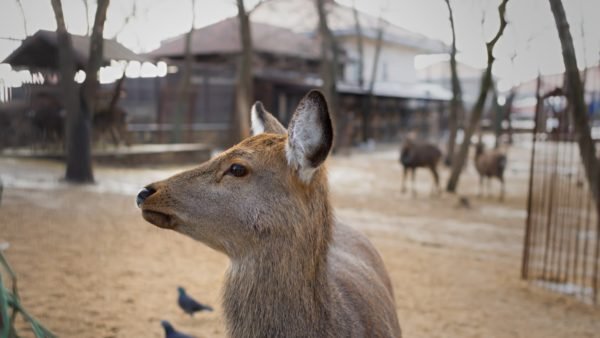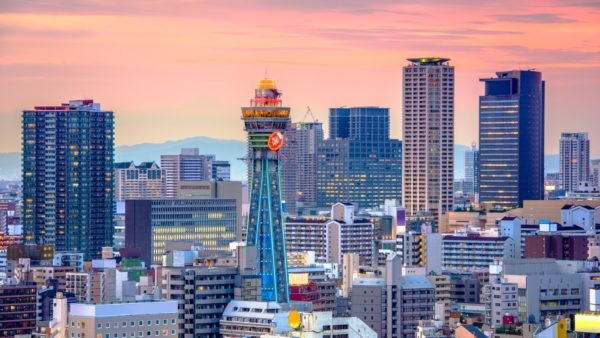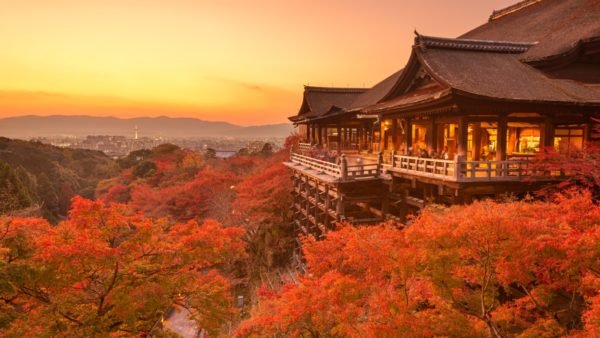Japan, with its diverse climates and seasonal attractions, offers a unique experience throughout the year. Choosing the best time to visit Japan with kids depends on your preferences, whether it’s cherry blossoms in spring, vibrant foliage in autumn, or winter festivities. Let’s explore the distinct charms of each season, helping you decide the perfect time to embark on your Japanese adventure.
Spring (March to May)
Spring is arguably the best time to visit Japan, particularly for cherry blossom enthusiasts. Sakura, or cherry blossoms, paint the country in hues of pink and white. Parks and gardens become magical wonderlands, offering the iconic hanami experience. Pleasant temperatures, ranging from 10°C to 20°C (50°F to 68°F), make it ideal for outdoor exploration.
Be prepared for crowds, especially during peak bloom periods, and book your travel and accommodation well in advance.
Must-See: Cherry blossoms in Tokyo’s Ueno Park, Kyoto’s Maruyama Park, and the Philosopher’s Path.
Summer (June to August)
Summer in Japan brings warm temperatures and a lively atmosphere. Lush greenery blankets the countryside, perfect for hiking in the Japanese Alps or enjoying water activities like kayaking and snorkeling. Summer festivals, known as matsuri, showcase traditional performances, lively parades, and dazzling fireworks displays.
While it’s the season for festivals, beach outings, and hiking, be prepared for occasional rain and hot and humid weather, particularly in the cities.
Must-See: Gion Matsuri in Kyoto, Nebuta Matsuri in Aomori, and Sumidagawa Fireworks Festival in Tokyo.
Autumn (September to November)
Autumn paints Japan in stunning shades of red, orange, and yellow. The fall foliage, known as koyo, transforms parks and mountains into breathtaking landscapes. The weather remains mild, ranging from 10°C to 20°C (50°F to 68°F), creating ideal conditions for exploring temples, gardens, and hiking trails. And festivals celebrating the harvest offer delicious seasonal delights.
Again, expect some crowds during peak leaf-viewing periods.
Must-See: Arashiyama Bamboo Grove and Kinkaku-ji in Kyoto, Nikko’s Toshogu Shrine, and the historic Takayama Festival.
Winter (December to February)
Winter in Japan brings a different kind of magic, especially in regions with snowfall. Ski enthusiasts flock to the mountainous areas, while hot springs, or onsen, offer a cozy retreat from the cold. Winter illuminations transform cities into dazzling displays of lights, creating a festive atmosphere.
Be prepared for colder temperatures and pack accordingly.
Must-See: Winter illuminations in Tokyo, Sapporo Snow Festival in Hokkaido, and onsens in Hakone.
Choosing the Best Time for You:
- Cherry Blossom Bliss (Late March to Early April):
- Ideal for those enchanted by the fleeting beauty of cherry blossoms.
- Perfect for a romantic getaway or a family vacation amidst blooming sakura.
- Summer Festival Extravaganza (July and August):
- Suited for travelers seeking vibrant street festivals and lively cultural events.
- Best enjoyed by those who don’t mind warm temperatures and occasional rain.
- Autumn Serenity (Late October to Early December):
- Perfect for nature lovers and photographers captivated by fall foliage.
- Ideal for a leisurely exploration of temples, gardens, and rural landscapes.
- Winter Wonderland (December to February):
- Tailored for snow enthusiasts, skiers, and those seeking cozy winter escapes.
- Great for travelers who appreciate winter illuminations and traditional hot springs.
Japan’s beauty transcends seasons, offering a kaleidoscope of experiences year-round. Whether you’re drawn to cherry blossoms, summer festivals, autumn foliage, or winter wonderlands, each season unveils a different facet of Japan’s rich tapestry. Ultimately, the best time to visit Japan depends on your preferences and the type of experience you seek. No matter when you choose to go, Japan promises a journey filled with cultural richness, natural beauty, and unforgettable moments.




